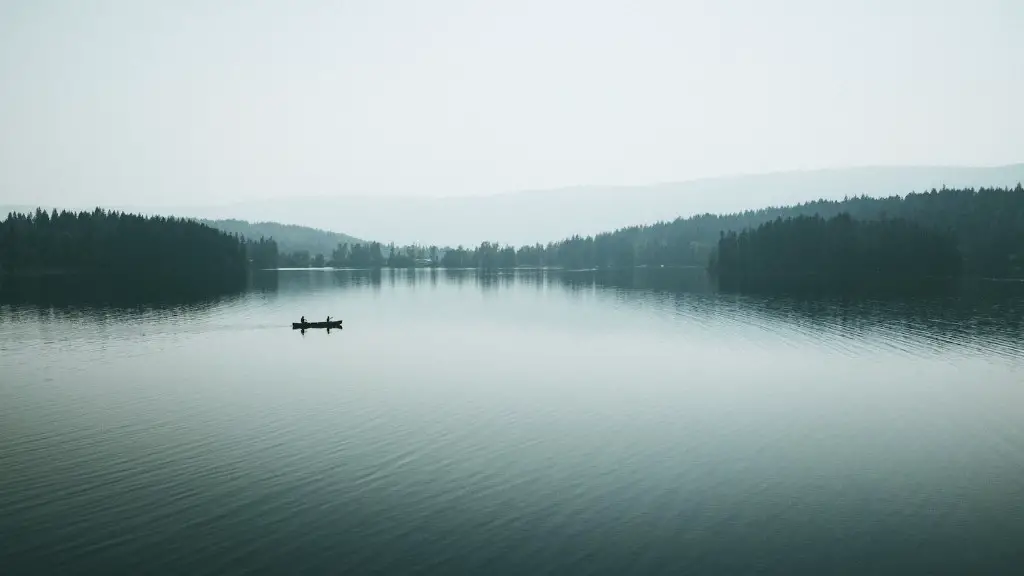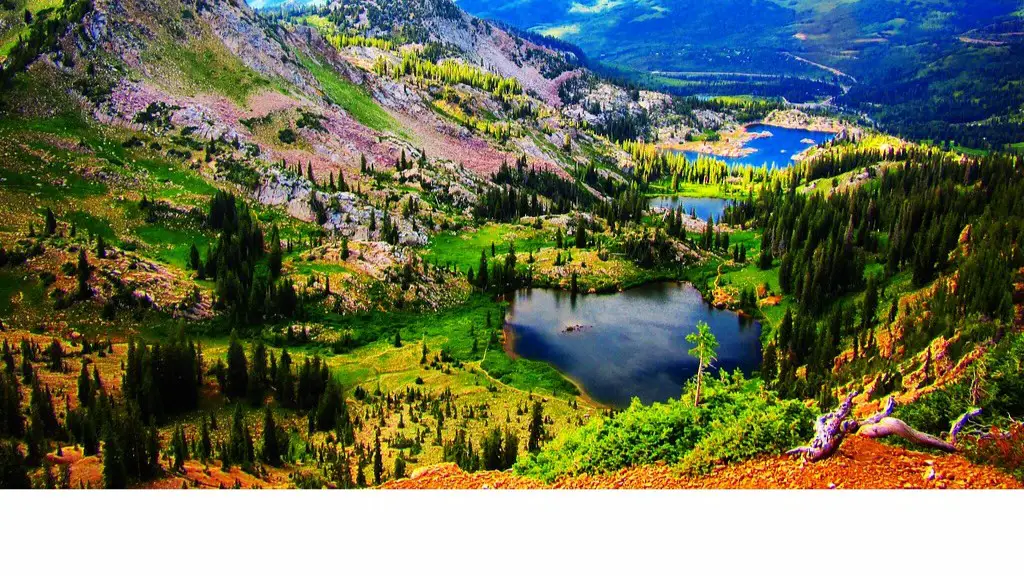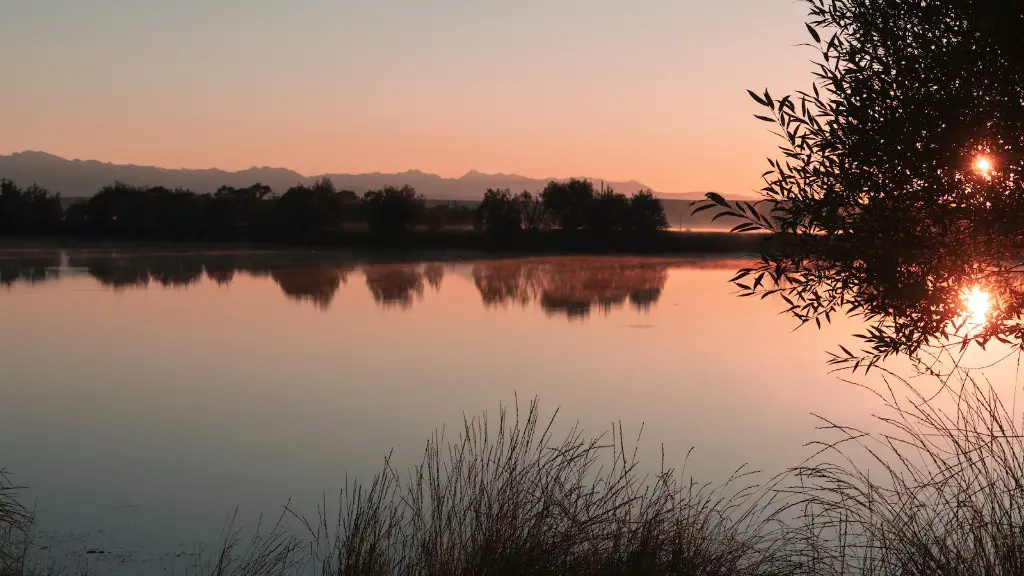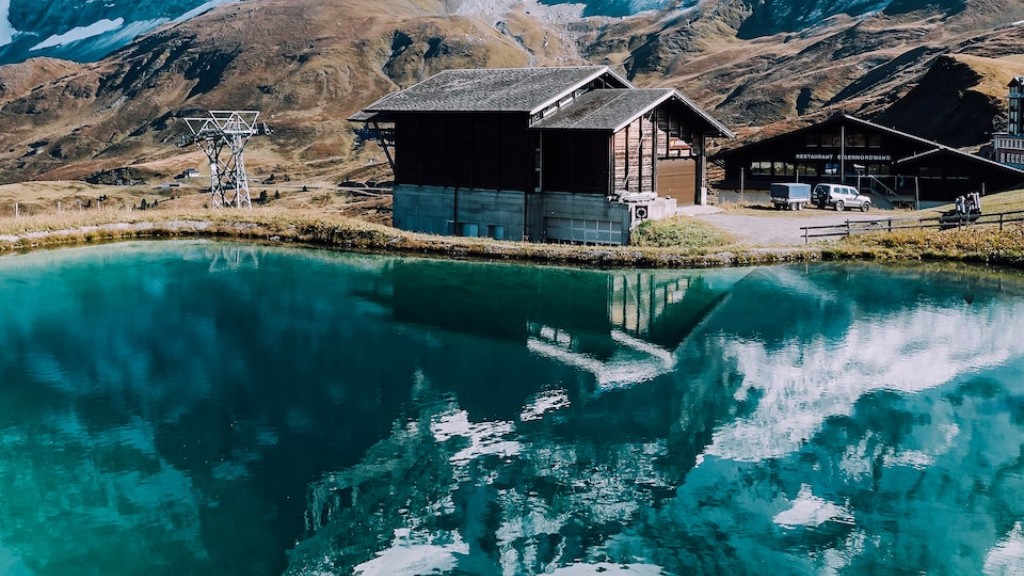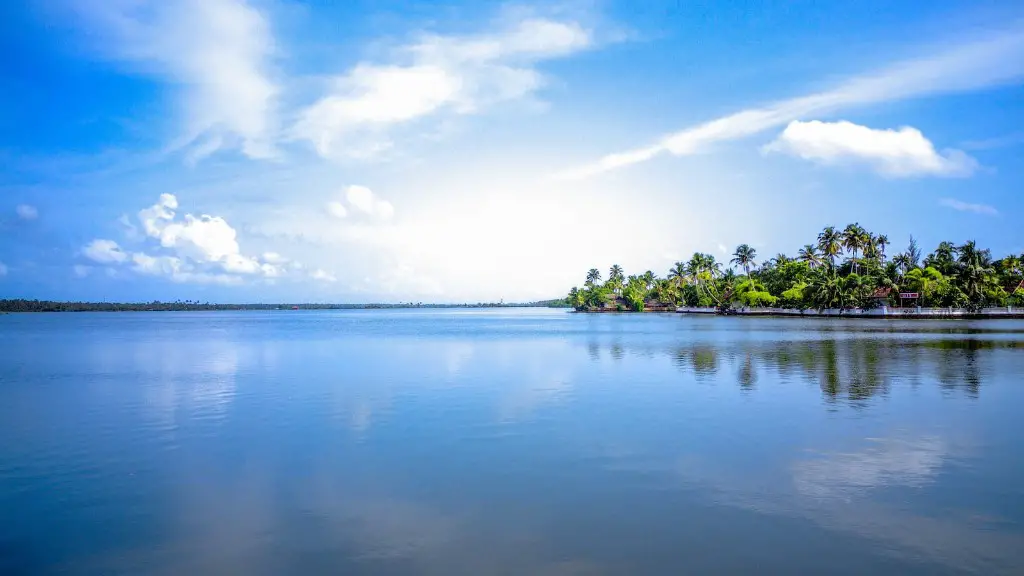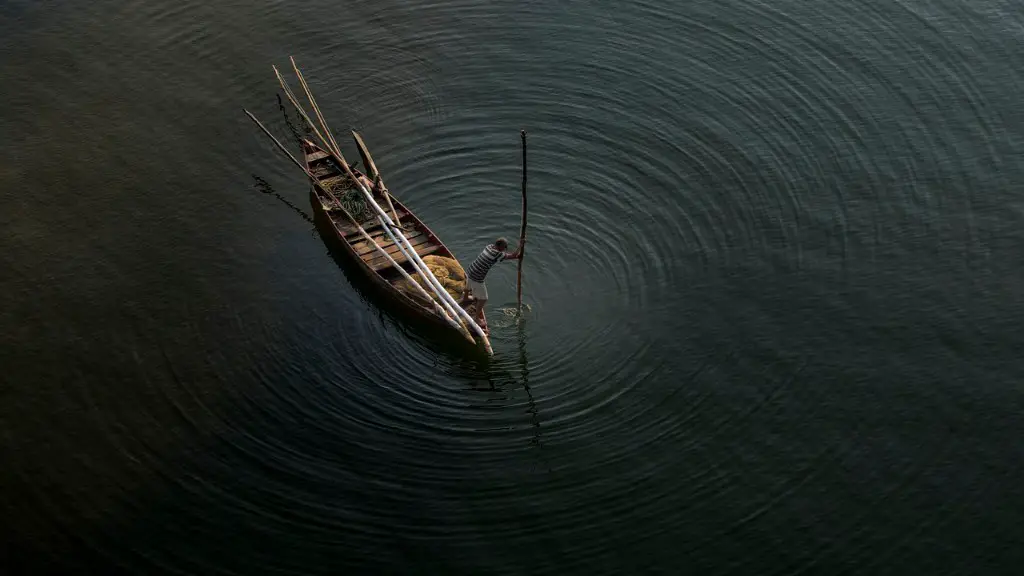The majestic Lake Superior is the world’s largest freshwater lake, one of five Great Lakes of North America, and one of the most beautiful bodies of water on the planet. The native Ojibwe, who gave Lake Superior its name, have lived in the area for centuries. They knew the lake for its fish-filled waters, its power to shape the landscape, and the beauty of the surrounding region.
Lake Superior, located off the northern coast of the United States and Canada, is the largest surface area of any freshwater lake and the third largest lake in the world. It has a maximum length of nearly 390 miles and width of 160 miles, containing 2,900 cubic miles of water. The lake covers an estimated 31,700 square miles, roughly the size of South Carolina, and has a maximum depth of nearly 1,300 feet.
Lake Superior’s origins can be traced back 400 million years, when a broad area of North America was covered by a shallow sea. The lake is currently bordered by the U.S. states of Michigan, Wisconsin, and Minnesota and the Canadian province of Ontario. The shoreline of Lake Superior is made up of rocky cliffs and sandy beaches, forming a complex coastal system that supports a variety of wildlife.
Lake Superior’s history is shaped by the movement of glaciers, the drainage of landlocked lakes, and the melting and refreezing of ice. Glaciers have been critical to the formation and development of the lake’s current shape. As a result, superior is known for its unique shoreline that includes majestic cliffs, countless islands, and hidden coves. The rocky beaches, sandbars, and bays are important feeding sites for migratory birds.
Lake Superior is home to more than 80 species of fish, including lake trout, walleye, northern pike, yellow perch, and several species of whitefish. The lake is also an important source of drinking water for adjacent lands and provides recreational opportunities such as fishing, swimming, and boating. The lake’s natural beauty and varied habitats make it an ideal habitat for wildlife, such as eagle and osprey, beaver and otter, mink and black bears.
As one of the most famous of the Great Lakes, Lake Superior is an important economic resource for nearby communities. Tourism to the lake’s shores, islands, and bays has been booming for decades, as visitors come to take in the stunning scenery and explore the many historical sites.
Impact of Climate Change
Climate change has already had an immense impact on the lake. Rising temperatures have caused Lake Superior to rise by more than 5 inches since the 1960s. This increase in temperature has caused an increase in evaporation, resulting in a decrease in the lake’s level in summer and an increase in winter. Warmer waters have also caused some fish species to migrate farther north in search of cooler temps. Additionally, increased runoff and higher concentrations of agricultural pollutants have caused algal blooms, which can lead to changes in the lake’s plant and animal populations.
Experts warn that continued climate change will dramatically affect the lake’s water level, fish population, and water quality by 2030. Warmer temperatures will further accelerate algal blooms and increase susceptibility to invasive species. Additionally, a decrease in snowpack and wild precipitation could reduce the water levels in Lake Superior, especially in late summer. In the worst case scenario, predicted changes could cause the lake’s level to drop by more than three feet.
Fortunately, individuals and governments are taking collective action to address climate change and its associated impacts on Lake Superior. For example, local and regional governments have enacted programs to reduce pollution, reduce energy consumption, and conserve natural ecosystems. Additionally, local federal agencies are collaborating to better protect the lake.
Preserving the Lake
The lake is a beloved part of the region, and its preservation is of utmost importance. The Lake Superior Watershed has been designated a binational aquatic ecosystem and a sensitive ecosystem by the International Joint Commission. This designation helps ensure the health of Lake Superior and its watershed and prevents future degradation of the lake.
The government of the United States and Canada has signed a binational agreement to protect Lake Superior, ensuring that any activities related to the lake’s waters will be done with its ecosystem in mind. The agreement requires open communication between both countries, including the sharing of data, frequent meetings, and technical cooperation.
A further step to protect the lake is the Great Lakes Water Resources Compact, an agreement among the U.S. and Canadian governments and the states of Michigan, Minnesota, Wisconsin, and Illinois. This agreement provides guidelines for how the Great Lakes and their tributaries are managed. Under this agreement, the states can act together to protect the lake from threats to water quality and quantity.
Future of Lake Superior
The future of Lake Superior is uncertain. The impacts of climate change are already being felt, and the warming trend is expected to continue in the coming decades. Additionally, the lake is vulnerable to pollution from agricultural runoff, sewage and other sources. With rising temperatures and increased pollution, the health of Lake Superior could be further threatened in the future.
The collective efforts of governments, organizations, and individuals will be critical to protecting the lake’s health in the coming years. If successful, the lake will remain a source of life and beauty for centuries to come.
Recreational Activities on Lake Superior
Lake Superior offers endless recreational opportunities for visitors. Whether you’re looking for a secluded spot to relax, a challenging hike in the woods, or a thrilling adventure on the water, the lake has something for everyone. Fishing is especially popular, with the lake teeming with species such as trout, bass, and walleye. Additionally, kayaking and canoeing are great ways to explore the lake’s many coves, islands, and beaches.
Cruises and boat tours are also favored pastimes on Lake Superior. Companies all over the region offer charters and sightseeing tours to experience all the lake has to offer. These companies follow strict safety protocols and adherence to local regulations and provide an unforgettable experience on the open water.
Visitors can also take advantage of Lake Superior’s many campgrounds, forests, and parks. In Michigan, boat ramps and campgrounds are located throughout the state, with a portion of the shoreline designated as a state park. Other states on the lake also offer a variety of sites for camping and recreation.
Economical Benefits
Lake Superior is a major economic engine for the region, with its abundance of natural resources, fishing, and tourism. Its diverse fish population supports commercial fishing, sport fishing, and charter businesses, and its rugged shoreline is a draw for visitors from around the world. The lake’s many public and private marinas, state parks, and recreational areas also provide employment and boost the local economy.
Additionally, the lake’s shipping industry is vital to the local economy. Major ports such as Duluth, Minnesota export a wide range of goods that are delivered to both coasts of the continent. The lake also supports a variety of transportation and logistics businesses.
In short, Lake Superior is more than just a stunning body of water, it is a major economic driver and key player in the regional economy. By taking steps to protect the lake and its watershed, the region can ensure that its natural and economic resources remain healthy for years to come.
Looking After Lake Superior
As the largest of the Great Lakes, Lake Superior is integral to the health of the entire region. Whether you love the lake for its natural beauty, its recreational activities, or its economic benefits, it’s important to make sure we are taking good care of it.
We must all do our part to ensure the lake’s protection and ensure that its beauty and bounty remain intact for future generations. This begins with educating ourselves on the lake’s health and taking steps to reduce our negative impacts on its environment. Investing in renewable energy solutions, reducing agriculture runoff, and reducing emissions are just some of the ways that the public can help protect the lake.
We have a responsibility to protect the lake and its watershed, and it’s up to us to take action. With the right mindset and a dedication to preserving the lake, we can ensure its health and beauty for generations to come.
